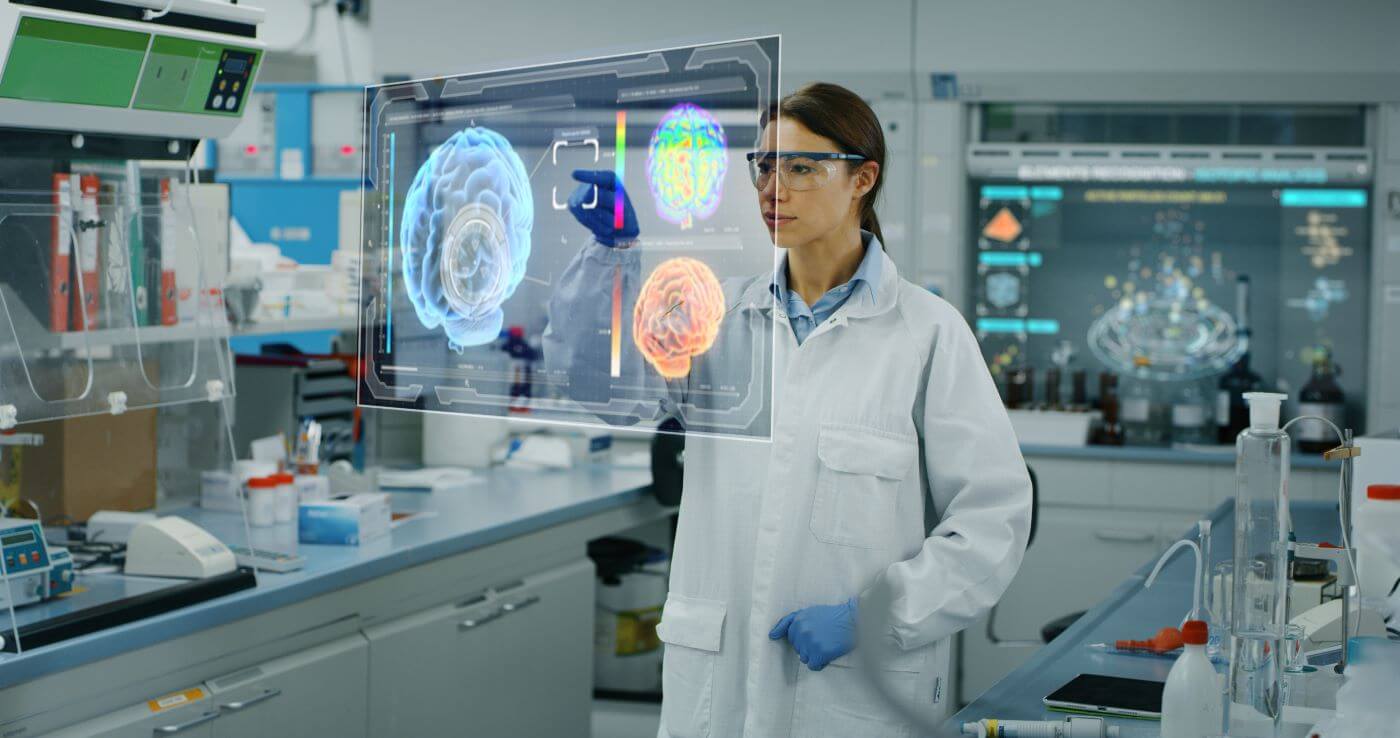Dec 7, 2023
Introduction
Singapore, a global hub for technological innovation, is not only leading the way in finance and infrastructure but is also at the forefront of revolutionizing its healthcare sector through cutting-edge technologies. Among these, Augmented Reality (AR) is emerging as a transformative tool, enhancing patient care, medical education, and healthcare delivery. This article explores the diverse applications of AR in Singapore's healthcare landscape and its potential to reshape the future of medicine.
Enhanced Surgical Navigation:
AR is making significant strides in surgical procedures by providing surgeons with real-time, three-dimensional visualizations of the patient's anatomy. Surgical navigation systems using AR overlays crucial information onto the surgeon's field of view, facilitating more precise and minimally invasive procedures. This not only reduces the risk of complications but also shortens recovery times for patients.
Medical Training and Education:
In Singapore, AR is transforming medical education by offering immersive and interactive learning experiences. Medical students and professionals can use AR applications to explore detailed anatomical structures, simulate surgical procedures, and practice complex medical techniques in a risk-free virtual environment. This hands-on training enhances the skills and confidence of healthcare practitioners.
Patient Education and Engagement:
AR is empowering patients by providing them with a better understanding of their medical conditions and treatment options. Interactive AR applications can visualize complex medical information in a way that is easily understandable for patients. This not only improves health literacy but also fosters a collaborative approach to healthcare decision-making between patients and their healthcare providers.
Rehabilitation and Physical Therapy:
In rehabilitation and physical therapy, AR is being employed to create engaging exercises and activities that promote patient adherence to treatment plans. By overlaying digital elements onto the real world, patients can engage in therapeutic exercises with real-time feedback and guidance. This approach not only makes rehabilitation more enjoyable but also accelerates the recovery process.
Remote Consultations and Telemedicine:
The COVID-19 pandemic has accelerated the adoption of telemedicine, and AR is playing a crucial role in enhancing remote consultations. Through AR applications, healthcare providers can guide patients in conducting self-examinations or assist in the administration of medication at home. This ensures continuous care delivery while reducing the need for physical visits to healthcare facilities.
AR in Mental Health:
AR is also finding applications in mental health interventions in Singapore. Virtual reality (a subset of AR) is being used to create immersive environments for exposure therapy, aiding in the treatment of phobias, anxiety, and post-traumatic stress disorders. This innovative approach complements traditional therapeutic methods and provides new avenues for mental health care.
Challenges and Future Prospects:
While AR holds immense potential in healthcare, challenges such as data security, regulatory frameworks, and the need for standardized practices must be addressed. As Singapore continues to embrace AR in healthcare, collaboration between technology developers, healthcare providers, and regulatory bodies will be essential to ensure the ethical and safe implementation of these technologies.
Conclusion

The integration of Augmented Reality into Singapore's healthcare sector is transforming patient care, medical education, and rehabilitation. From enhancing surgical precision to empowering patients with better understanding and engagement, AR is reshaping the way healthcare is delivered and experienced. As Singapore continues to invest in technological advancements, the synergy between healthcare and AR holds the promise of a more efficient, patient-centric, and innovative healthcare ecosystem. The future of healthcare in Singapore is undoubtedly augmented.





